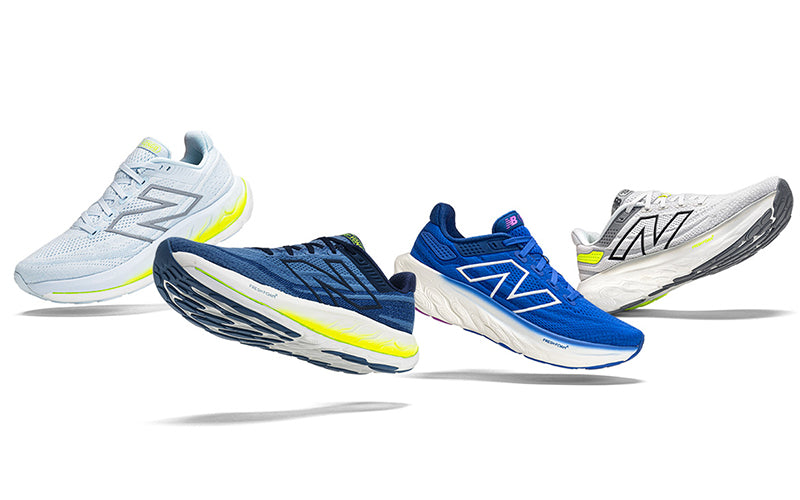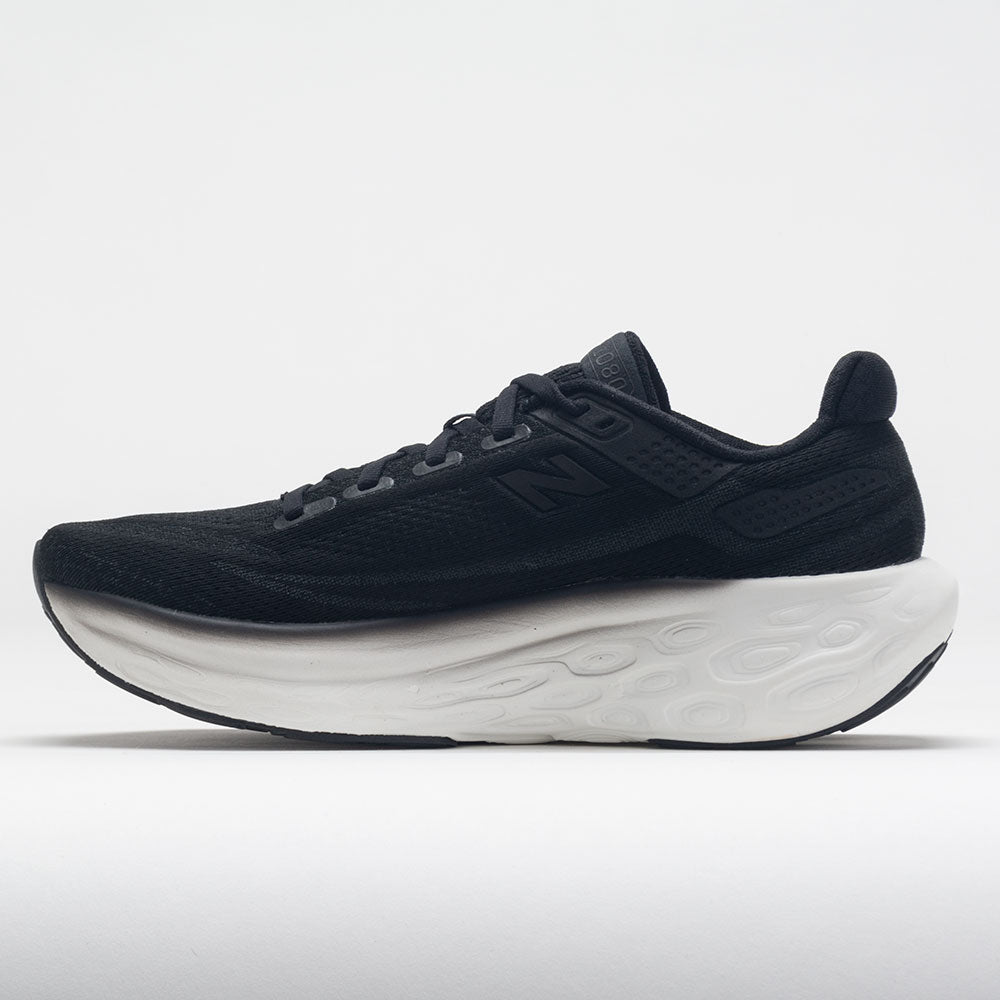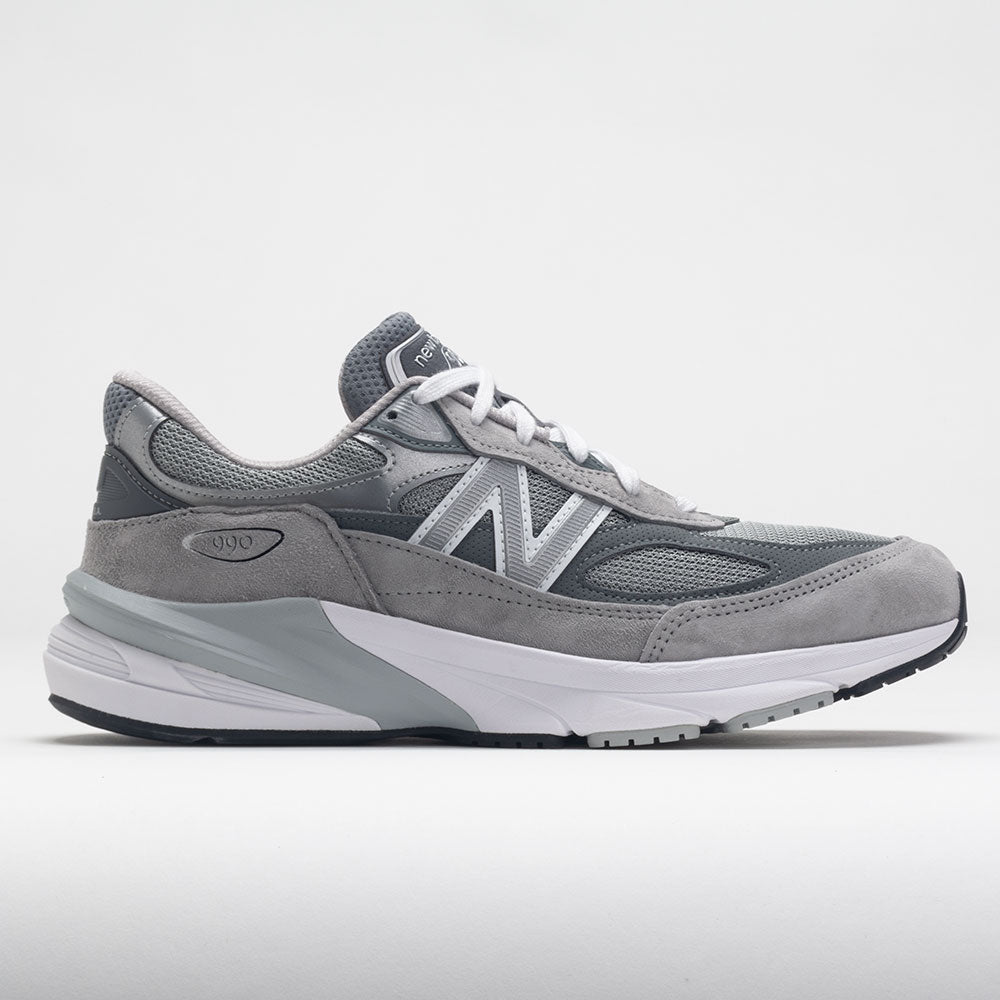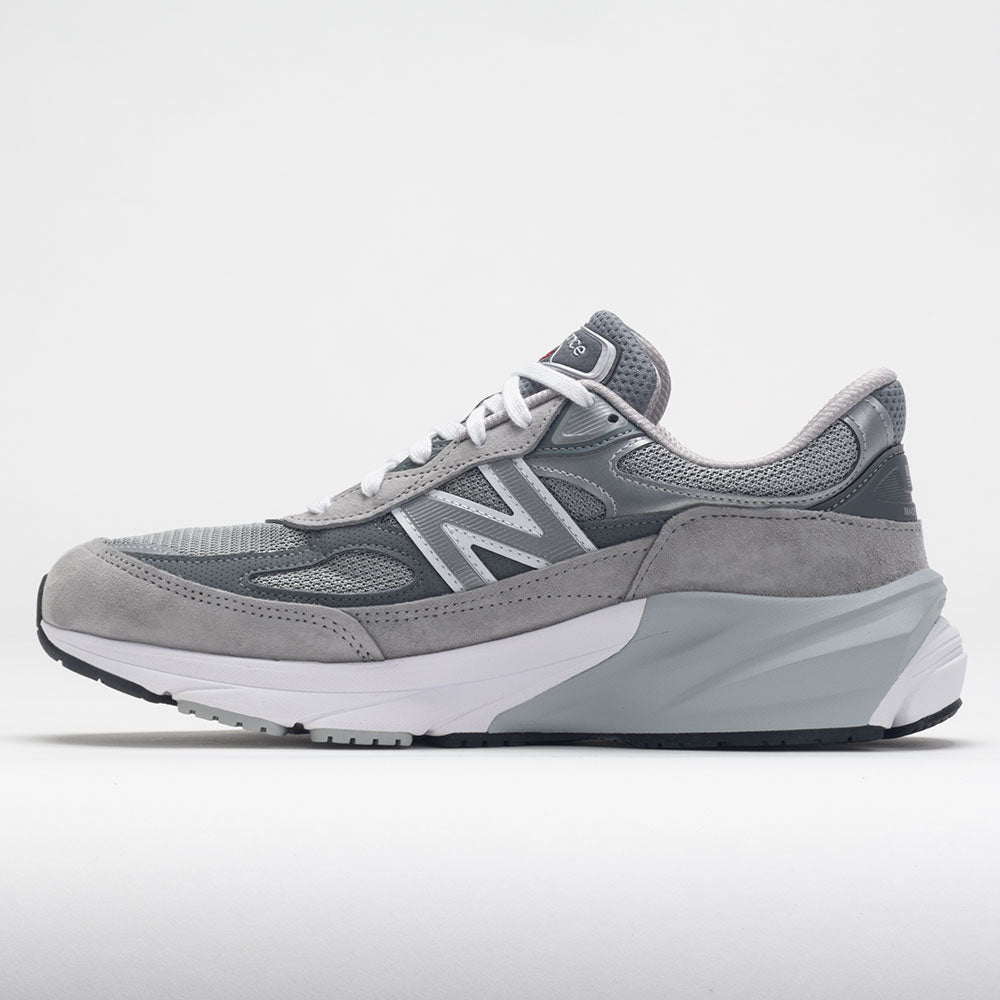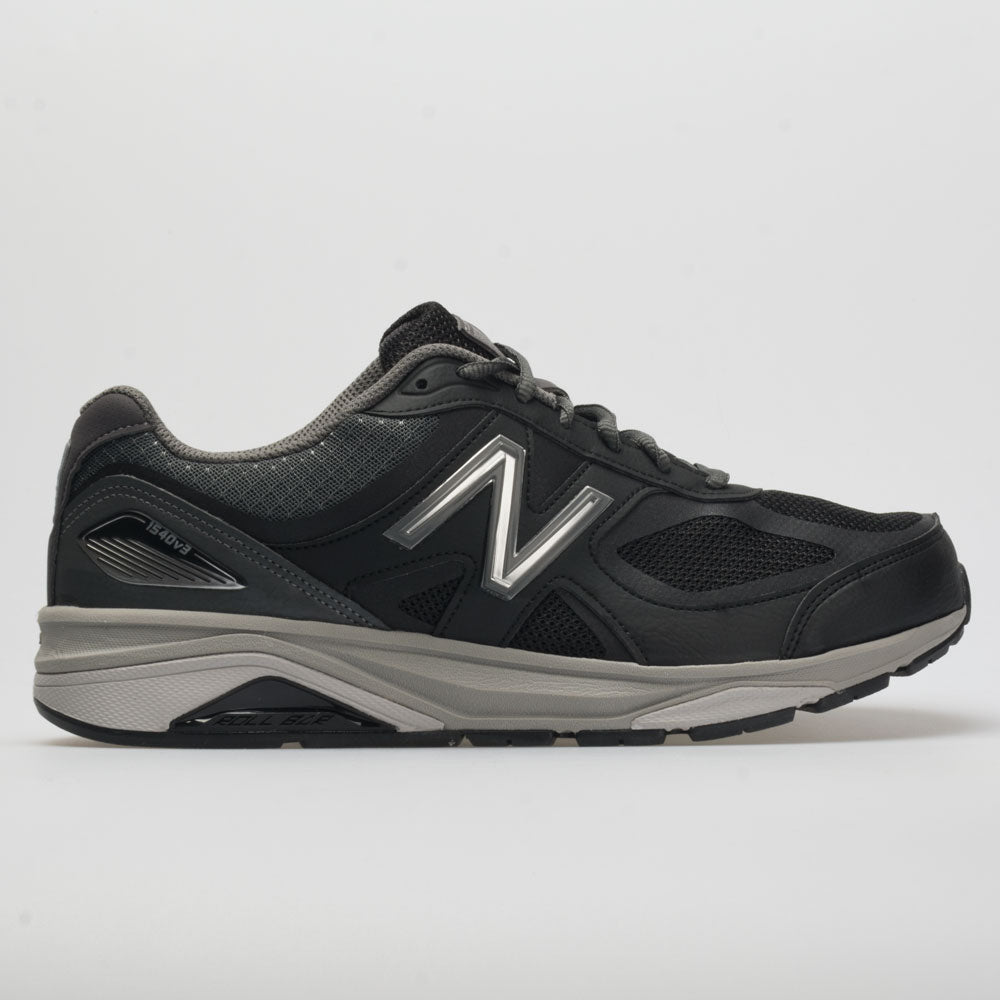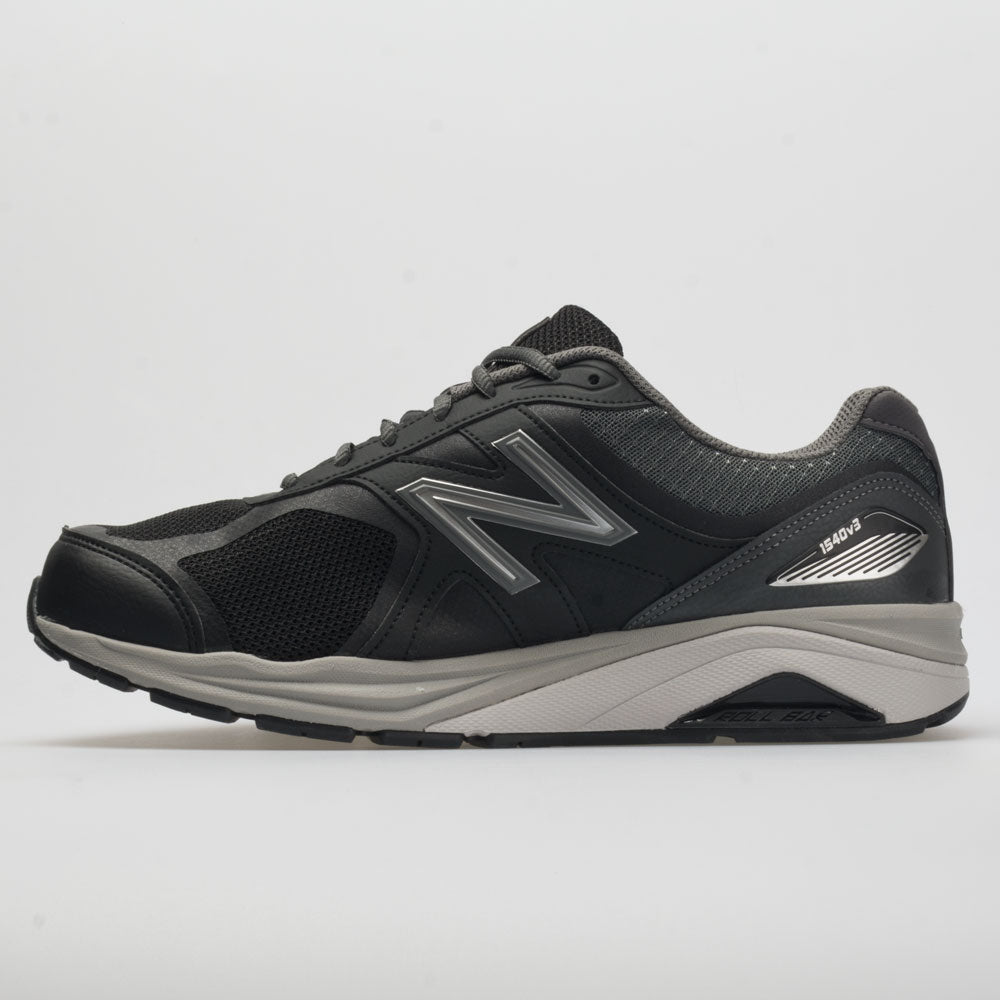With the perfect blend of function, technology, and fashion, New Balance running shoes offer speed, stability, and comfort in a stylish package, making them ideal for everyone from avid runners to athleisure enthusiasts.
What Separates New Balance Running Shoes From the Rest
Superb engineering and crafting?
Not satisfied with midsole materials at the time, New Balance pushed the limits by introducing ENCAP technology. At its core, the technology uses EVA foam (found in most running shoes) wrapped in a polyurethane shell to provide unparalleled support and stability without compromising on cushioning.
Pronation solutions for everyone
Everybody has a different gait and pronation (how your foot contacts the ground). Whether you have a high, medium, or low arch, finding a shoe that fits your arch height is critical for preventing injuries and keeping you comfortable during your run.
New Balance offers three different types of shoe designs: cushioning for underpronation and neutral gaits, stability for mild to moderate overpronation, and motion control for moderate to severe overpronation. Regardless of your pronation pattern, every shoe features arch support to cradle your feet whether you’re running, walking, or simply standing.
A fresh perspective on running
New Balance engineered Fresh Foam to be light, ultra-bouncy, and to provide superior cushioning without the bulkiness that often accompanies other foams. They have crafted a midsole with FullCell technology that lets you effortlessly transition from a cushioned landing to a smooth takeoff with an energetic bounce you have to feel to believe.
How New Balance running shoes help you improve your run
New Balance 990 Series
The iconic New Balance 990 series has maintained its sturdy silhouette and great cushioning through all its updates over the years. This series offers superior support, stability, and comfort while still providing that classic New Balance style. Regardless of whether you wear it for a light run or a power walk, the 990 is the perfect all-purpose shoe.
New Balance Fresh Foam 1080 Series
Striking a balance between speed, comfort, and softness is hard; however, the 1080 series pulls it off. These shoes give you unbeatable cushioning that keeps you comfortable mile after mile without weighing you down. New Balance Fresh Foam 1080 running shoes are perfect for neutral runners looking for plush cushioning and bouncy energy return.
New Balance Fresh Foam More Series
What’s better than Fresh Foam? More Fresh Foam! The Fresh Foam More is the most cushioned New Balance shoe yet, making it the best for long-distance pursuits. Featuring superior cushioning and a soft, spacious toe box, these running shoes allow runners to keep going for miles. And while it has a high level of cushioning, it's not mushy or overly soft like some other maximalist running shoes.
New Balance running shoe technology
New Balance is always researching and developing new materials and technologies to help runners go farther, faster. Learn more about the compounds and designs they use to deliver a well-rounded running experience below.
Fantom Fit upper
With the perfect fusion of synthetic material and form-fitting mesh, the Fantom Fit offers a flexible, comfortable, and breathable experience. Its lighter weight makes it perfect for everyday wear as a casual sneaker while the no-sew construction reduces foot irritation and keeps you protected during runs.
ABZORB® cushioning
This blend of rubber and foam is used in most New Balance running shoes. Because of its cushioning and compression properties, ABZORB is placed in the heel and forefoot. It absorbs shock and displaces energy, helping you transition from landing to take-off with ease. With its uniform cell size, shape, and thickness, ABZORB helps resist compression. It has similar properties to EVA foam, but it’s thicker, more durable, and can better resist impact, resulting in a more protected stride.
ACTEVA™
Designed with DuPont™ Engage®, ACTEVA is 12 percent lighter than most foams. This full-length foam conforms to your foot and protects your feet throughout your runs without weighing you down. For an even faster running experience, this technology is also available in ACTEVA™ Lite and Ultralight versions that offer the same cushion and compression, but at lighter weights.
Fresh Foam
New Balance’s hallmark feature, Fresh Foam is a specialized formula of EVA foam that makes shoes feel springy and stable. Fresh Foam midsoles also have unique shapes that create different compression and resistance zones, offering improved energy return and impact absorption.
Frequently Asked Questions
What's the best New Balance stability shoe?
Runners whose feet roll inward too much (also known as overpronation) will appreciate the support and stability that New Balance Fresh Foam Vongo running shoes provide. Featuring a resilient, highly responsive Fresh Foam midsole and premium arch support, the Vongo doesn’t rely on the traditional medial post support that many runners find stiff and unforgiving.
What’s the best New Balance shoe for speed?
New Balance Fresh Foam Tempo running shoes were built for speed. These ultralight shoes have a Fresh Foam X midsole that’s soft enough for distance runs yet responsive enough for speedwork. This versatile neutral trainer is perfect for anyone looking to pick up the pace!
What’s the best New Balance shoe for track running?
Designed for shorter, faster runs, the 890 is the lightest in the entire 800 series. A well-thought-out minimalist approach keeps the weight of the shoes down without sacrificing fit or protection. New Balance 890 running shoes offer the responsiveness and feedback many serious athletes look for in a training shoe.
Which New Balance Shoe is best for me: cushioning, stability, or motion control?
Understanding the anatomy of your feet as well as your individual gait is a crucial part of choosing the right running shoes. New Balance offers three main shoe categories based on arch height and pronation: cushioning, stability, and motion control.
Cushioning models, such as those in the New Balance Fresh Foam series, are great for neutral runners and underpronators (runners whose feet roll outward too much when they run). These shoes are also good for people with high or medium arches, as they provide plenty of cushioning and comfortable arch support.
Stability models like the New Balance 940 are perfect for neutral runners whose form tends to break down when they get tired as well as moderate overpronators (runners whose feet roll inward too much). These shoes are also good for people with medium to low arches as they provide slightly stiffer support than a cushioning model.
Motion control models, such as the New Balance 1540, are a nice option for runners with moderate to severe overpronation and low arches or flat feet. The stiffest of the three categories, these shoes reduce excessive motion and keep the body aligned during a run for a more efficient gait.
When should I replace my New Balance running shoes?
New Balance running shoes are made of high-quality materials and, as such, they can last for a long time. Generally speaking, you should aim to replace your running shoes every 300 to 400 miles. However, there are several factors that may alter when your running shoes need to be replaced:
- Your body weight. Not only does your body weight affect your running speed, it also affects the lifespan of the shoes. The heavier the runner, the more work the shoes have to do and the sooner they will have to be replaced.
- The environment you run in. Exposure to harsh weather, such as bright sunlight and high temperatures, will cause premature wear. Similar to a car tire, your shoe’s rubber sole will become brittle, harden, and provide reduced cushioning.
- Where you run. Road runners tend to get less life out of their running shoes than folks who run on treadmills or hard-packed trails. Regularly check your shoes for any signs of damage and overuse of the midsole and outsole.
- How you store them. Shoes need to be stored in a cool, dry place to get the most miles out of them. Storing shoes when they’re wet or dirty fosters the growth of bacteria, which is bad for both the shoes and your feet.

